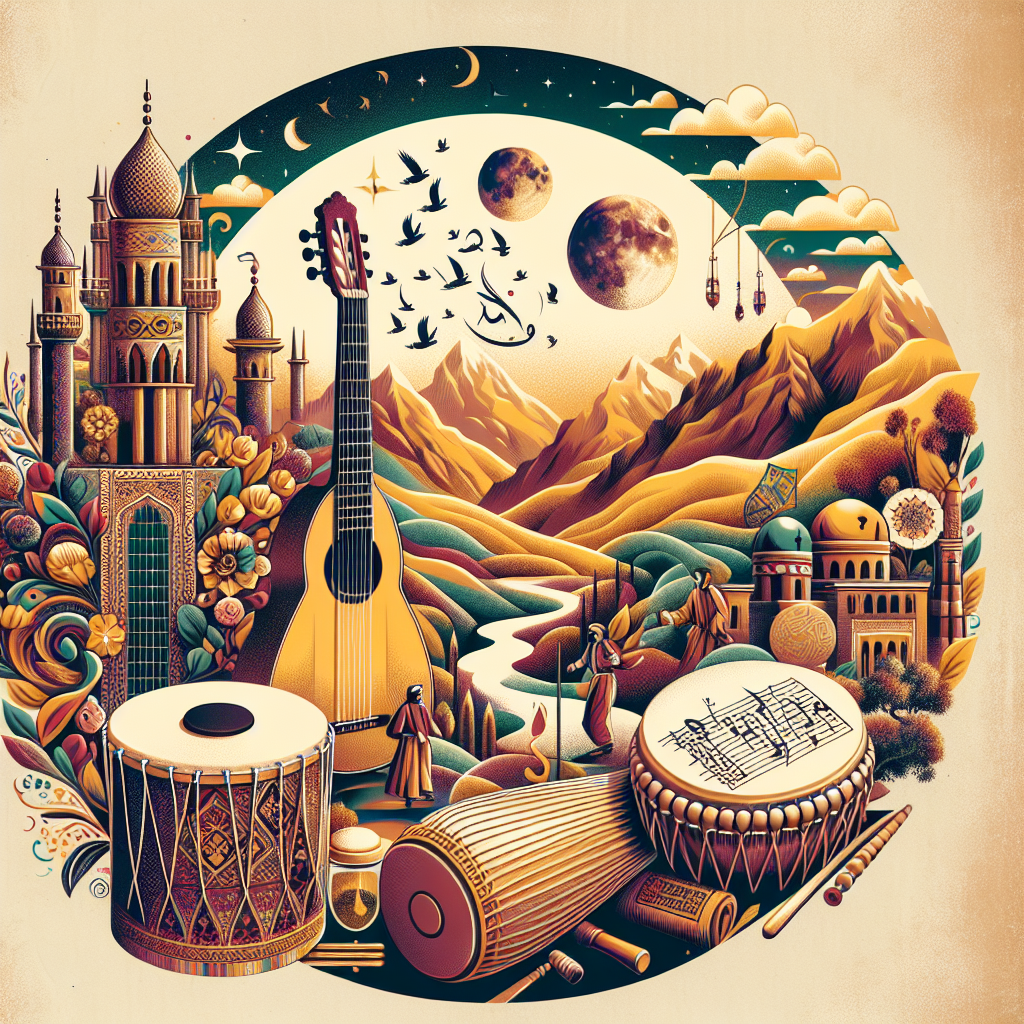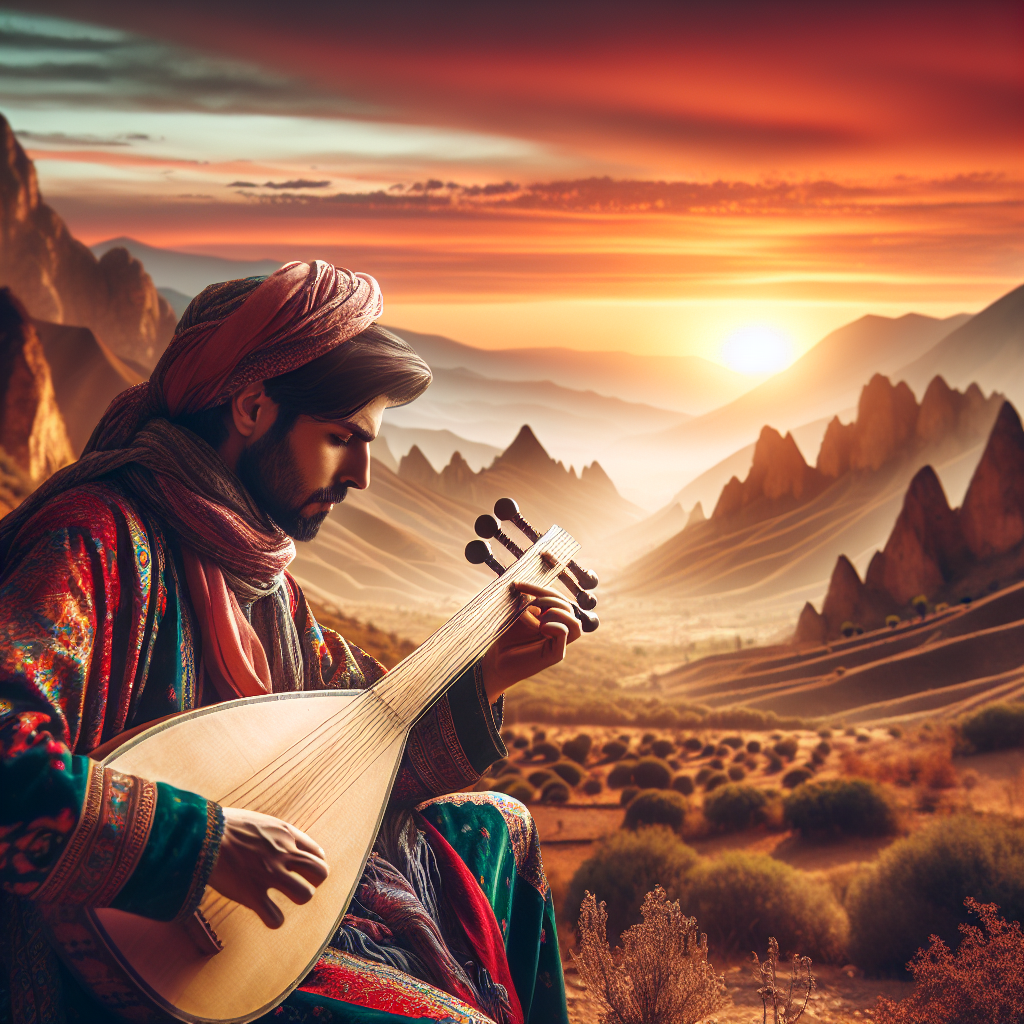Throughout history, different regions of the world have crafted a unique music style that embodies their culture. Among these distinct music styles, one in particular has captured hearts globally, and that is Lori music. Created by the Loris, an ethnic group from the mountainous regions of western Iran and eastern Turkey, Lori music is renowned for its breathtaking melodies that weave together a tapestry of sounds that echo the people’s rich culture, history and lifestyle.
Lori music is an integral part of the Loris’ cultural identity. It has evolved over centuries, deeply rooted in the mountainous landscapes of their realm. The soulful melodies and fundamental themes of love, loss, joy, and sorrow transcend language barriers and touch the hearts of a globally diversified audience.
One aspect making Lori music stand out is the improvisation that permeates its performances. Songs often start with a basic melody which musicians freely embellish, giving each rendition a uniquely personal touch. This improvisation reflects the ever-changing spirit of the Lor people and their ability to adapt to the mountainous environment in which they live.
Another captivating feature of Lori music is its wide array of instruments. Traditional instruments like the lute, sorna, and daf are combined with vocals in a perfect symphony lending the melodies their notable rhythm and harmony. Each instrument holds a singular significance in Lori music, contributing to its breathtaking dynamics.
The rhythm in Lori music is seldom steady; it frequently shifts in tempo, reflecting the fluctuating moods and emotions of the singers and the tales they recount. This variation in rhythm imparts Lori music with a surprising complexity that captivates and enthralls audiences.
Lori music has influenced and been influenced by other music styles over the centuries. Elements of Persian classical music are observable, particularly in the sophisticated tonality and rhythmic structures. Furthermore, due to their nomadic history, Loris have interacted with various cultures, assimilating aspects into their music, making it even richer while maintaining its unique essence.
Conclusion
In conclusion, Lori music is a profound expression of the Loris’ vibrant culture and resilient spirit, showcasing their historical journey through its breathtaking melodies. The dynamic rhythm, improvisation, and diversely rich instrumentation contribute to a unique musical tapestry that resonates with audiences globally. Despite evolving over centuries and absorbing influences from various cultures, it has sustainably held onto its ethnic roots, ensuring the legacy of the Lori people lives on in their music.
FAQs
-
What is Lori music?
Lori music is a traditional music form stemming from the Lori people, an ethnic group from the mountainous regions of western Iran and eastern Turkey.
-
What makes Lori music unique?
The uniqueness of Lori music lies in its improvisation, dynamic rhythm, diverse instrumentation, and deeply emotional themes. Each performance is a personal expression, thereby creating a uniquely personal touch.
-
What are the common themes in Lori music?
The common themes in Lori music are love, loss, joy, and sorrow, reflecting the human experience through the prism of the Loris’ cultural and historical identity.
-
Which instruments are used in Lori music?
The lute, sorna, and daf are examples of traditional instruments used in Lori music. These instruments collectively create the melodies’ notable rhythm and harmony.
-
How has Lori music influenced other music styles?
Lori music has contributed to and absorbed elements from other music styles, particularly Persian classical music. This cross-influence has led to the development of sophisticated tonality and rhythmic structures.




